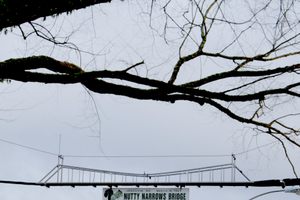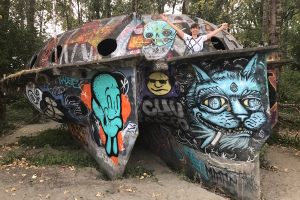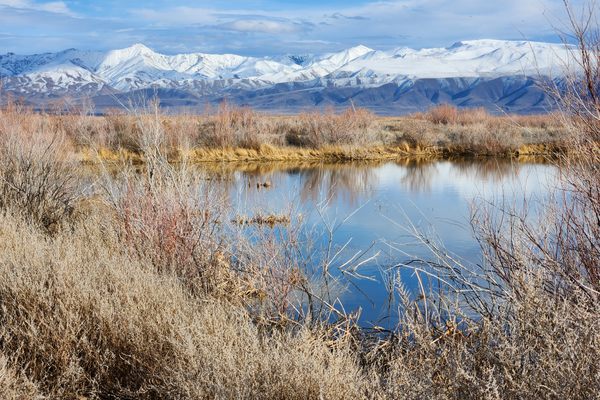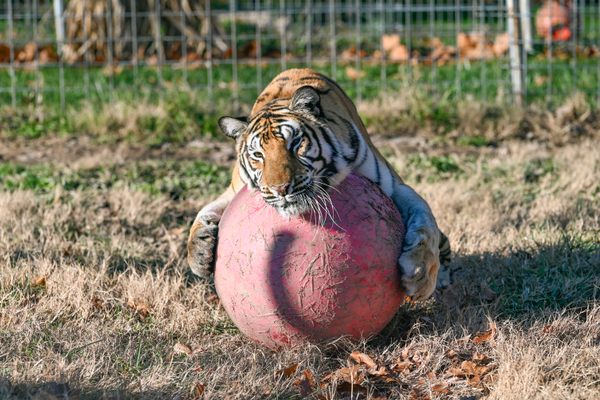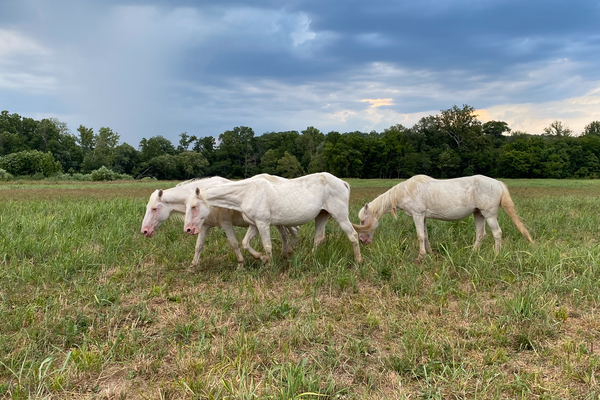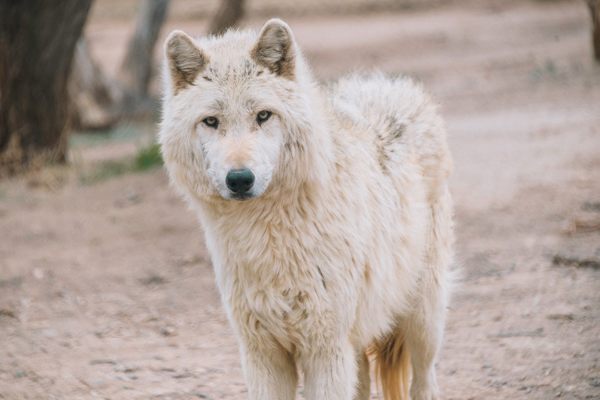About
Native to South and Central America, the giant sloth has not been seen roaming the Pacific Northwest since prehistoric times. Yet, unexpectedly, a small conservation center in Oregon is in fact home to the largest captive population in the world.
The giant arboreal anteaters have found a safe haven at the Sloth Captive Husbandry Center or Sloth Center, dedicated to care of and research on these unusual animals, as well as the propagation of the species and public education programs on conservation strategies.
The associated Zoological Conservation Center works with the Sloth Captive Husbandry Center and cares for a variety of other unusual creatures including primates, wolves, anteaters, lemurs, and the adorably tiny Fennec fox, native to the Sahara desert. Some of Oregon's native local wildlife also inhabit the center, such as opossums and the North American porcupine.
Although the center is primarily a conservation facility, tours allow visitors get up-close encounters with the animals in their care. The center differentiates itself from traditional zoos by allowing visitors to interact with animals without any barriers. To protect the animals, they strictly limit their tours to small guided groups which have the rare opportunity to spend long visits, meeting the animals up close with the possibility of holding and feeding them.
Remains of ancient giant sloths have been found in Oregon at the John Day Fossil Beds, perhaps proving that these new residents are just returning home after a long holiday.
Related Tags
Know Before You Go
Tours are limited to small guided groups for educational purposes.






